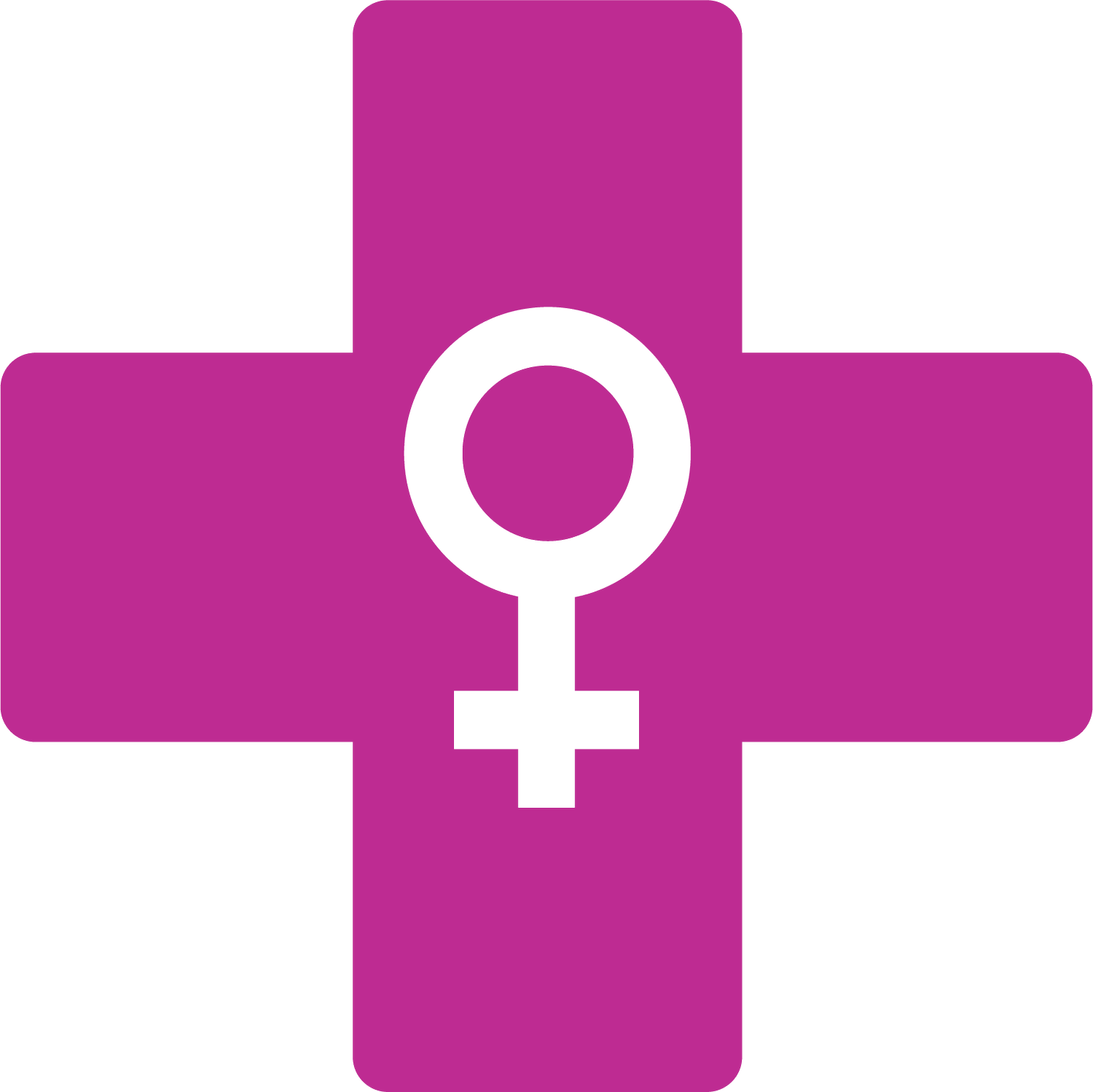Understanding Breast Density
Nearly half of all women have dense breasts – something that increases a woman’s risk of developing breast cancer and makes it more difficult to detect cancer in screenings. Despite how widespread dense breasts are, there still isn’t the clarity and knowledge women need around this issue.
The U.S. Federal Drug Administration (FDA) recently took the first steps in helping educate women on breast density. A proposed rule would require providers to share information about breast density, its risk, and the increased difficulty in reading mammograms in dense breasts. However, there is still work to be done.
What Is Dense Breast Tissue
Women don’t know they have dense breast tissue until a mammogram. That’s because dense breasts can’t be seen or felt – it simply refers to the tissue of your breasts.
Breast tissue is made up of milk ducts, milk glands, supportive tissue, and fatty tissue. The supportive tissue is dense breast tissue. When you have dense breasts, most or nearly all of your breast tissue is dense. Dense breast tissue shows up as a white, solid area on mammograms – making it more difficult to spot potential cancerous growths. Women with dense breasts are also more likely to get a call-back after mammograms as cancer also shows up in solid, white areas.
Dense breast tissue may be more likely in some women based on:
Age – Younger women tend to have more dense tissue
Body mass index – Women with less body fat may have dense breasts
Hormone therapy – Women who take combination hormone therapy tend to have dense breast tissue
Screening Options For Dense Breasts
It can be frustrating for women to learn that they have dense breasts—especially if they do not receive additional education about how it increases their risk or the steps they should take to ensure they receive adequate screening.
Breast density alone doesn’t always call for heightened screening or more advanced options. Additional tests, such as MRI or breast ultrasound, are safe but do expose patients to some unnecessary risks. Advanced testing can be costly and isn’t always covered by insurance. Another possible downside is that advanced testing can detect potential areas of concern that aren’t cancer, but still require biopsies or imaging. Further testing can create unnecessary worry and impact a woman’s mental and emotional health.
Fortunately, tomosynthesis, or 3D mammograms, are becoming the standard of care at many breast imaging centers. This type of mammography is slightly more effective at distinguishing between the dense breast tissue and cancerous growths.
Other advances in screening, including artificial intelligence (AI), offer promising possibilities for the future. A recent study out of MIT found that an AI application was able to more accurately predict a woman’s risk of breast cancer compared to traditional models. Technology like AI will help personalize when women should be screened, how they should be screened, and when needed, tailor treatment plans.
Good Health Begins With A Conversation
Like everything else, a strong relationship with your provider and an open and honest conversation can go a long way in helping you make the right choice for your health. Talk to your provider about your breast cancer risk – including family history, exercise, diet, and breast density – to make a plan that helps lower your risk. Together, you can also identify the breast cancer screening that’s right for you.


